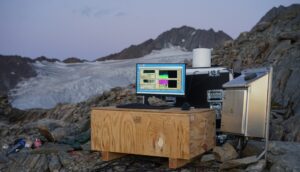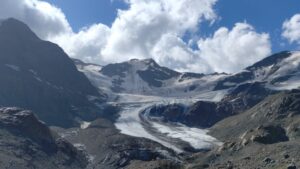Abstract/Description
The ongoing disruption of the global climate system and its rapidly intensifying impacts on both natural and human systems have been extensively documented in recent reports, including the United Nations Intergovernmental Panel on Climate Change (IPCC) Sixth Assessment Report. A rich body of literature has examined the impact of climate change on snow reliability of ski areas across the globe. The studies show that season lengths will shorten and snow reliability will decline, potentially reducing the number of ski areas in operation in the future.
The International Biathlon Union (IBU), which hosts biathlon events worldwide, is acutely affected by these climate changes. The sport relies on consistent and fair snow and weather conditions, making it particularly vulnerable to the increasing unreliability of winter weather. We therefore developed an index to assess the climate reliability of 38 IBU host locations for the next decades.
In the baseline climate (1981–2010), 25 out of 38 venues were reliable in both the first and third trimesters, while all 38 were reliable in the second trimester. However, by the 2030s, this number drops to 12–14 in the first trimester, 28–29 in the second, and 10–12 in the third. The 2040s and 2050s see further declines, with as few as 6–9 venues remaining reliable in the third trimester by the 2050s.
The increasing climate risks for IBU venues underscore the urgent need for adaptive strategies in the face of rising temperatures and changing weather patterns. Potential strategies include enhancing snowmaking capacity, using snow depots, rescheduling events for improved reliability, strategic venue selection and relocation, and reduction of greenhouse gas emissions.
Results show that proactive climate change mitigation significantly saves climate reliability in a significant number of locations. Adaptation measures geared to the specific type of climate risk and requirements of each venue can help improve climate reliability and the future of IBU venues.


